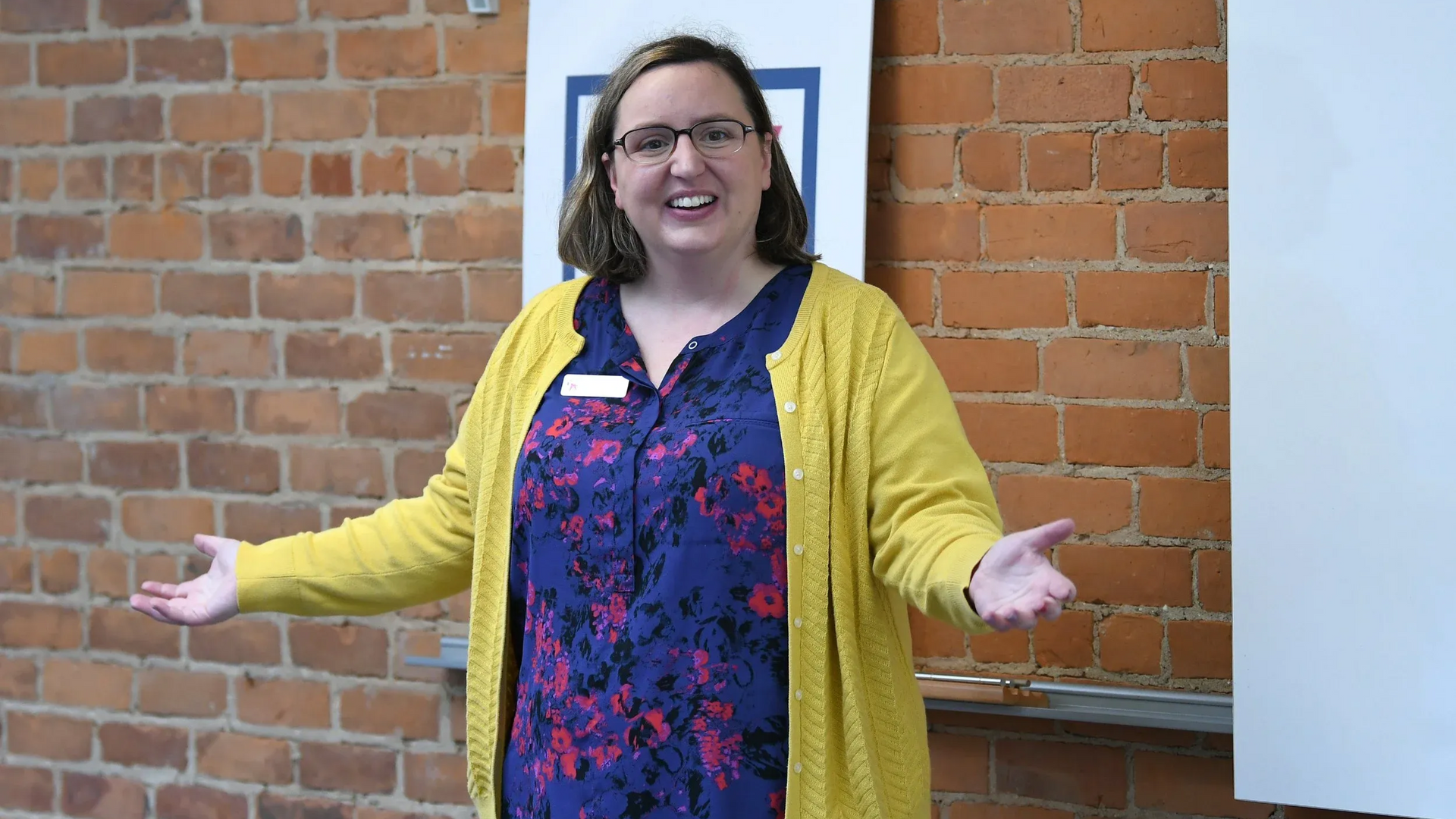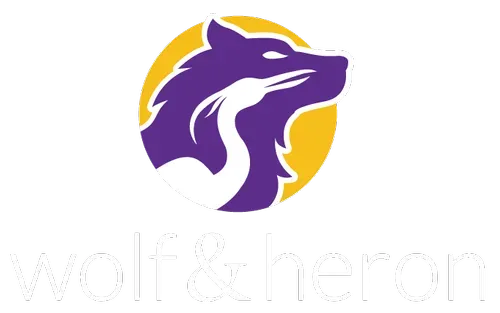How to Open Your Meeting

In The Secret to a Great Hook, we talk about ways to open your story well. The first sentence really matters, and it’s worth the time to think about how to do it powerfully.
But strong openings don’t exclusively apply to storytelling. Openings are just as important when it comes to how you run your meetings.
Why Does Your Opening Matter?
When you gather your team for a weekly alignment session, stand up to give a presentation to your board, or plan a conference… No matter how big or small or mundane your meeting is, your attendees arrive with a set of expectations, assumptions, and preconceived notions.
The first 3-5 minutes of your meeting are your opportunity to make sure all those expectations and assumptions are aligned across the group, and folks are motivated to participate. You can do a lot in a few minutes; aim to establish operating norms or ground rules, share the agenda, and perhaps most importantly of all, set the tone. It’s in these 3-5 minutes that your attendees will make a decision about how much or little they will engage as participants and it’s your job to invite them in properly.
What is a good opening?
A good opening accomplishes a few things. It:
- Frames the discussion, taking into consideration the “what’s in it for me?” for attendees
- Establishes the meeting objectives
- Highlights the key outcome of the meeting
- Sets ground rules and norms for engagement
The DOs and DON’Ts of Opening
DOs
- Take a breath and focus yourself.
- Know your first sentence cold.
- Be absolutely crystal clear on the goal of the meeting.
- Co-create norms if possible.
- Determine ahead of time the kind of energy you want people to FEEL by the end of your opening.
DON’Ts
- Forget to prepare an intentional opening.
- Jump right into the work without delivering an opening.
- Start with a long-winded introduction of yourself (save it for later, if need be).
- Use “Let’s get started.”
- Skimp on reviewing ground rules - even if you think the norms are well established.
- Focus on what you care about and forget your attendees’ agendas/priorities.
Using a Story to Open
As storytellers, we may be biased, but we strongly recommend that you consider including a story in your opening. An opening story can be just 2-3 minutes long, and helps establish the WHY of your meeting. Think of it as an opportunity to share something about yourself with the group), demonstrate the level of vulnerability and authenticity you expect others to show up with, and ground the room in the compelling reason for the meeting
Your openings are important. Think of them as the “first impression” that you get to craft for your meeting. Don’t skimp on your prep. It matters.
How have you seen someone open a meeting powerfully? What did they do well?
This article was also posted on LinkedIn.
Recent Posts





